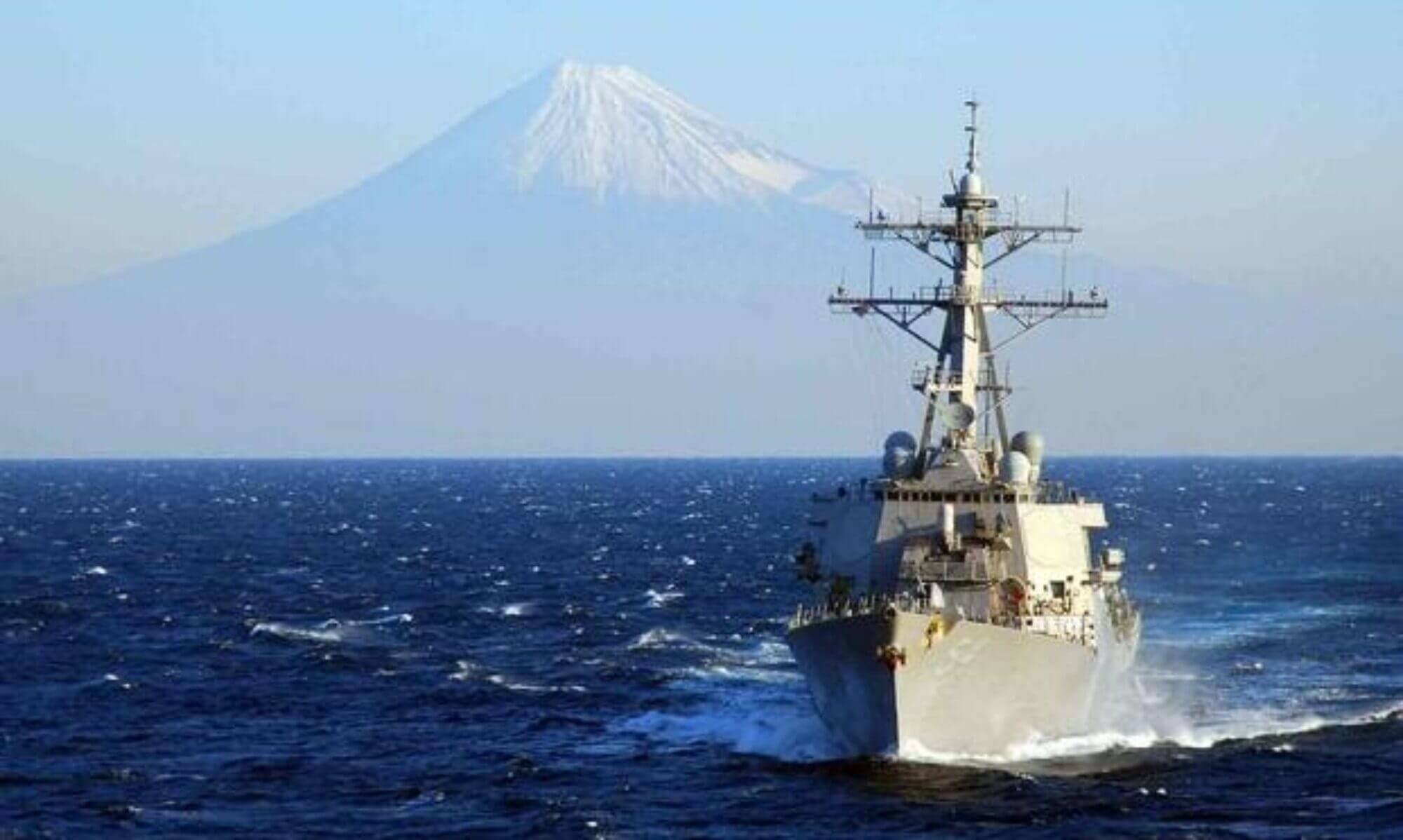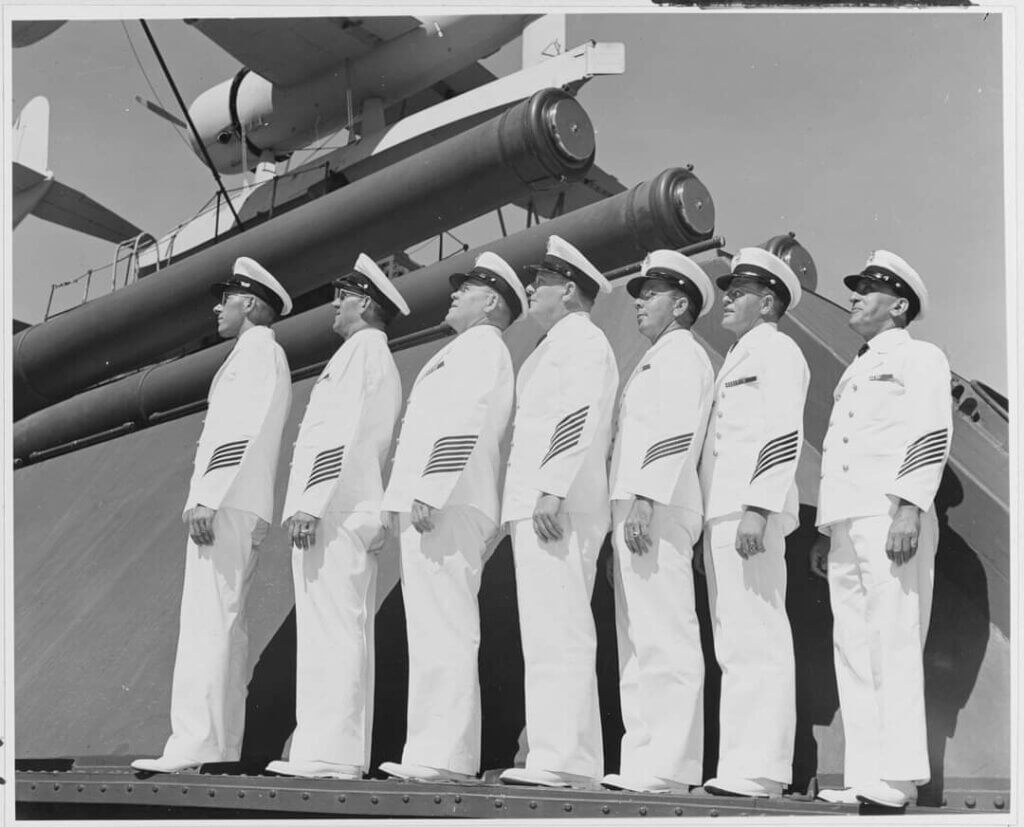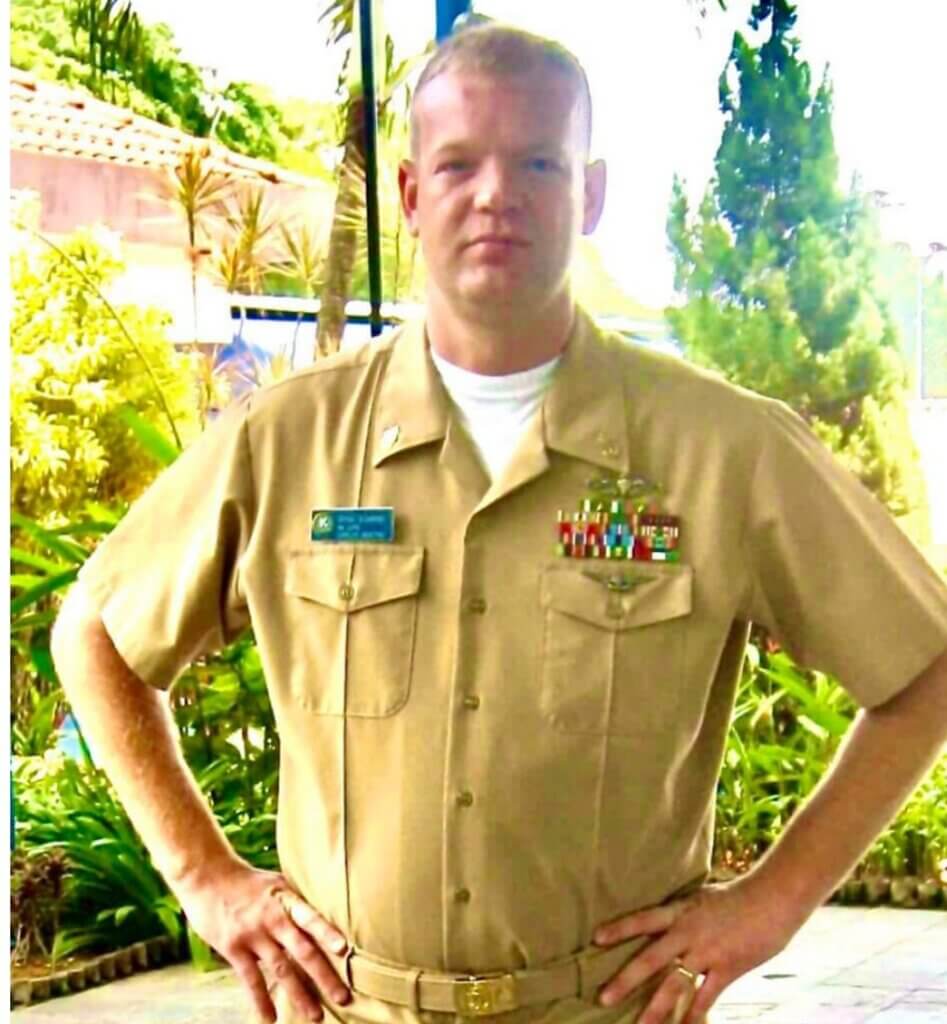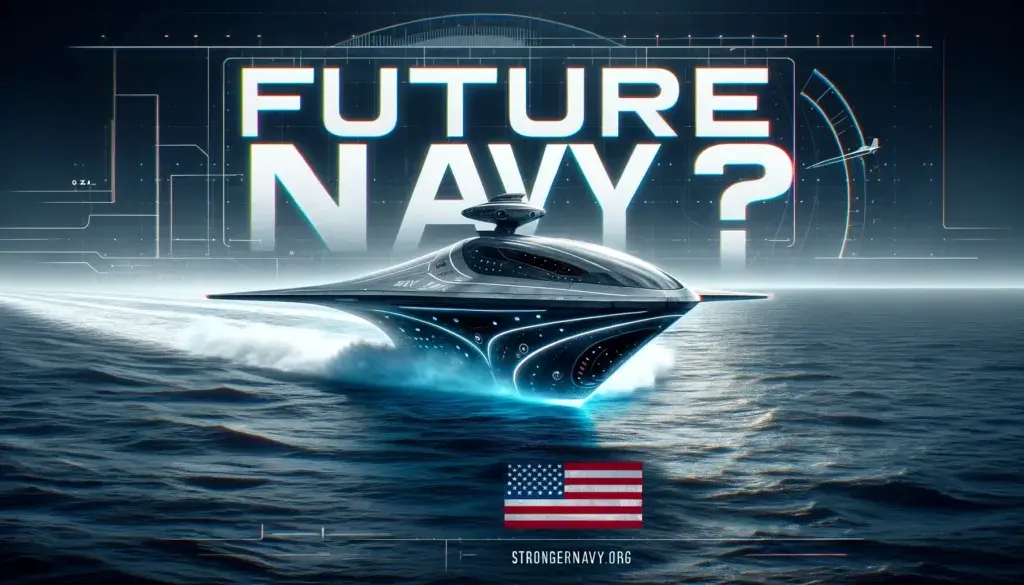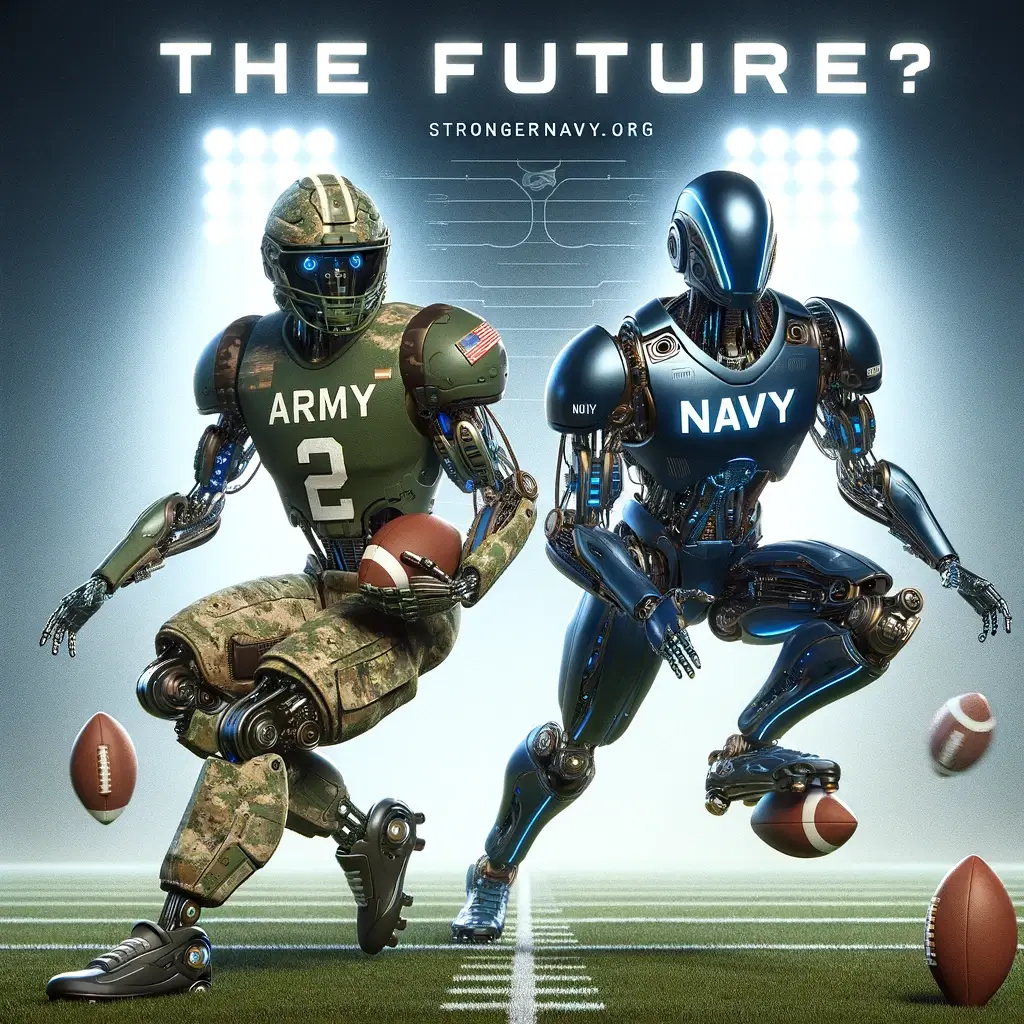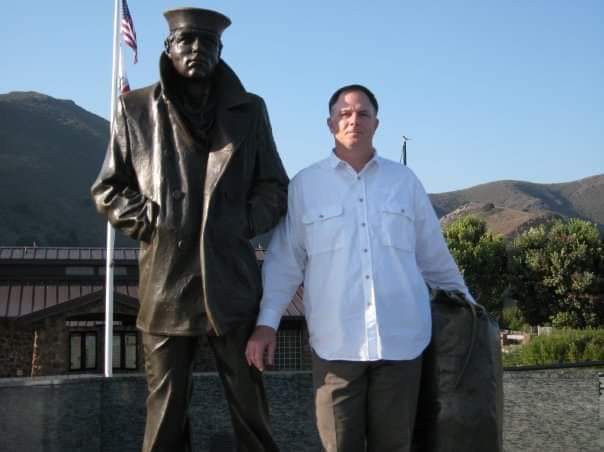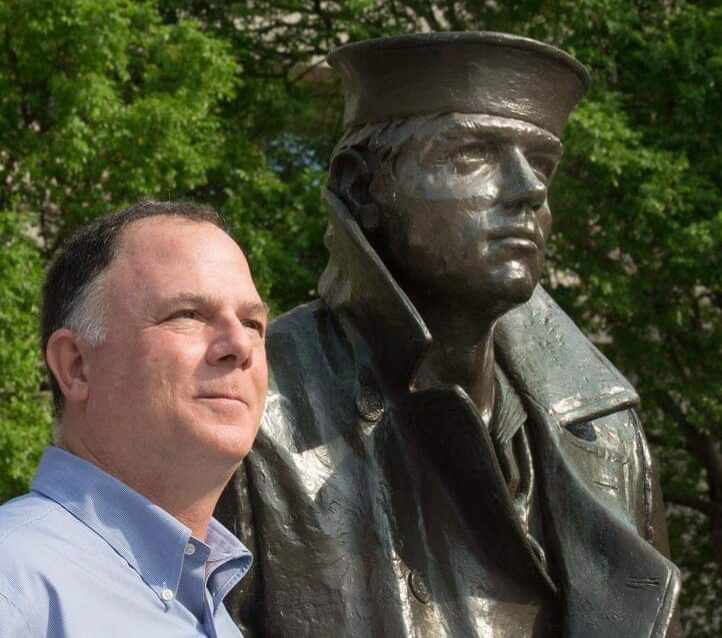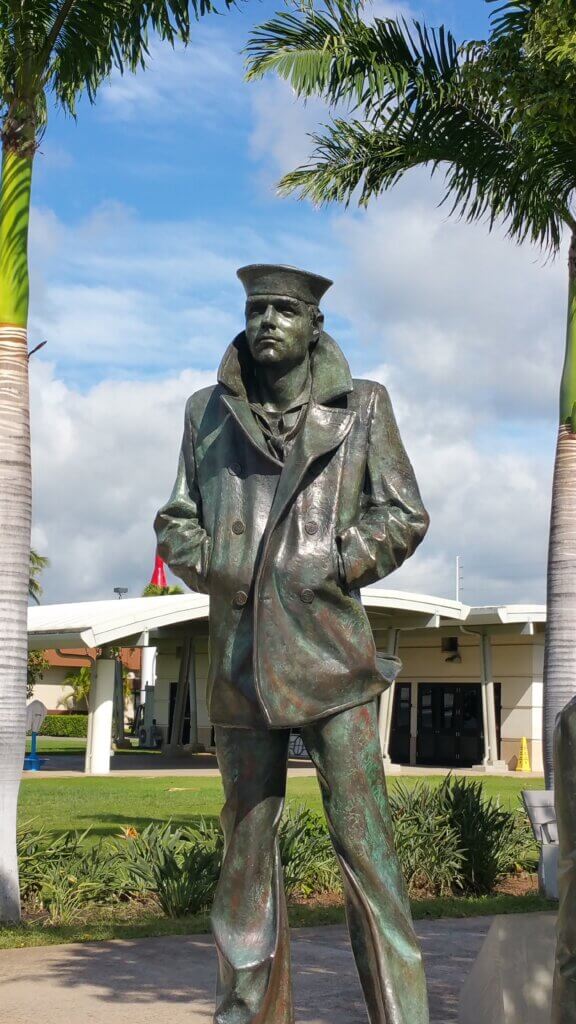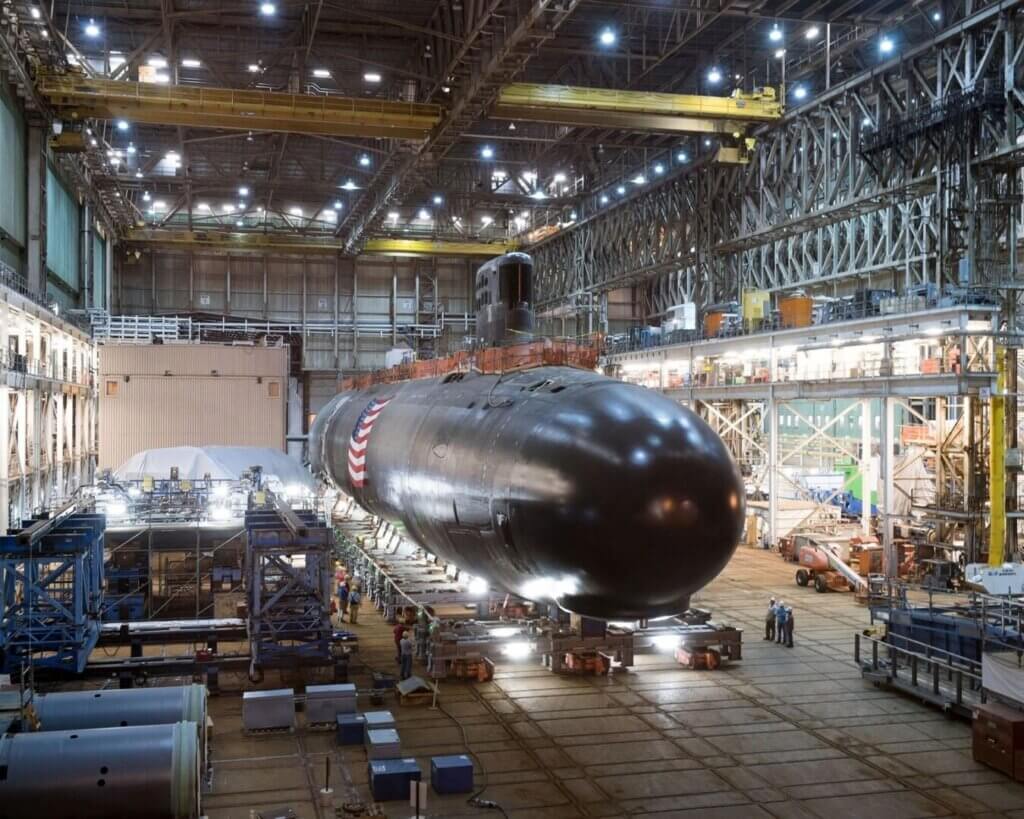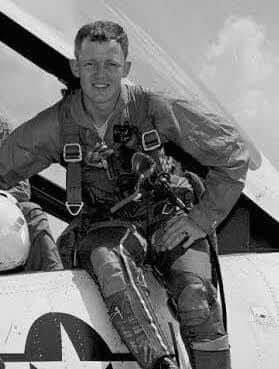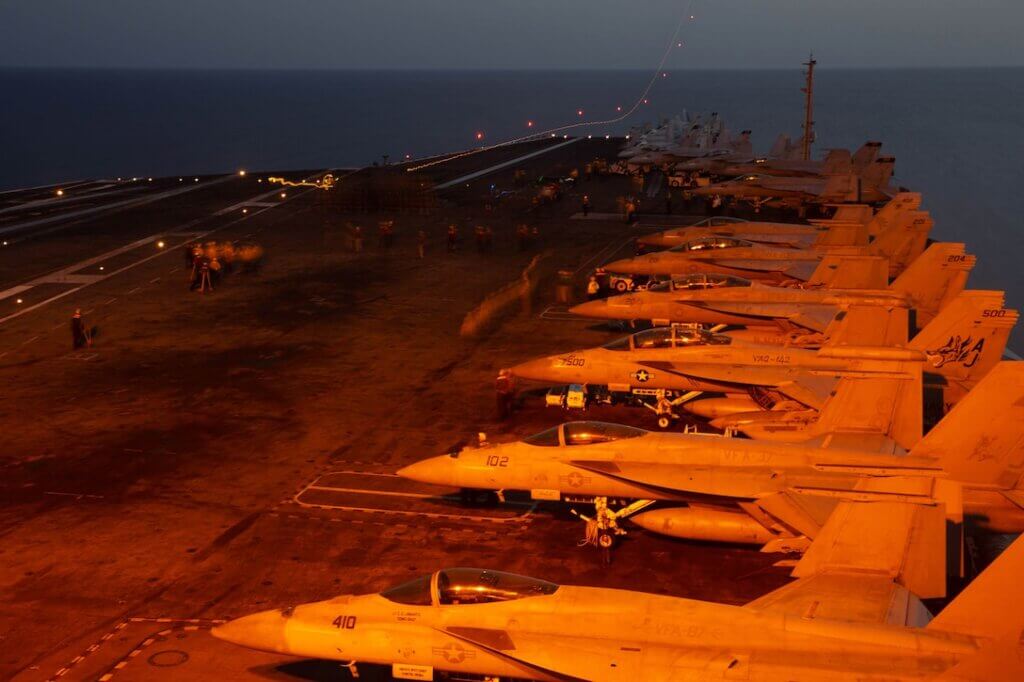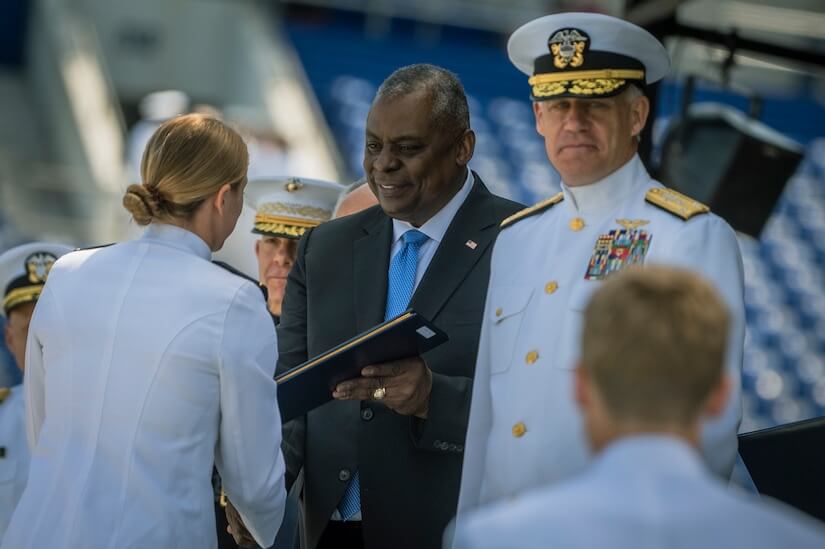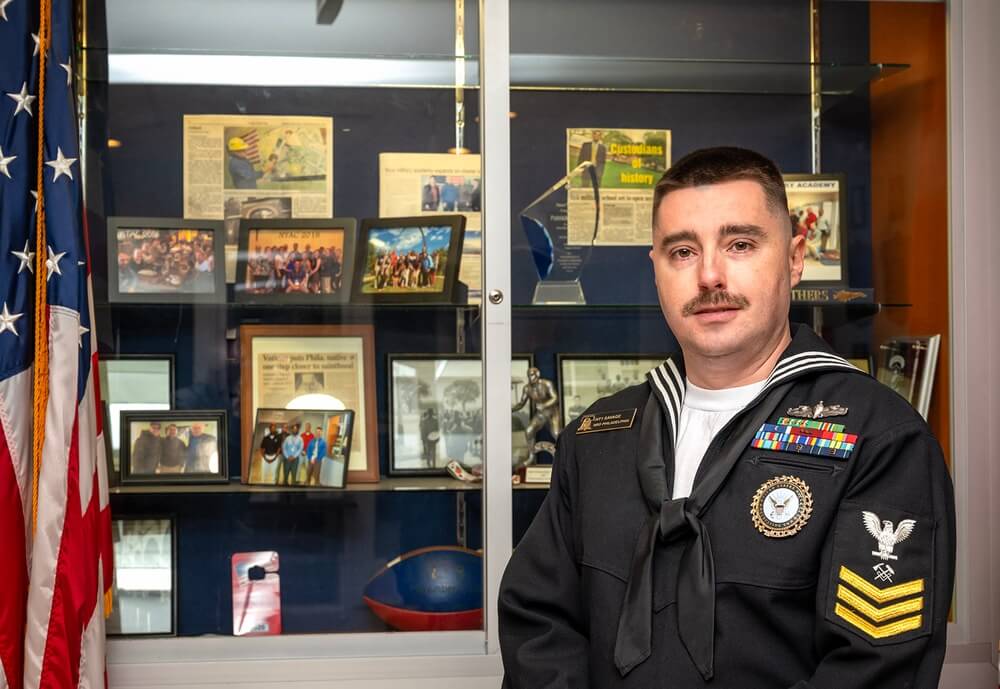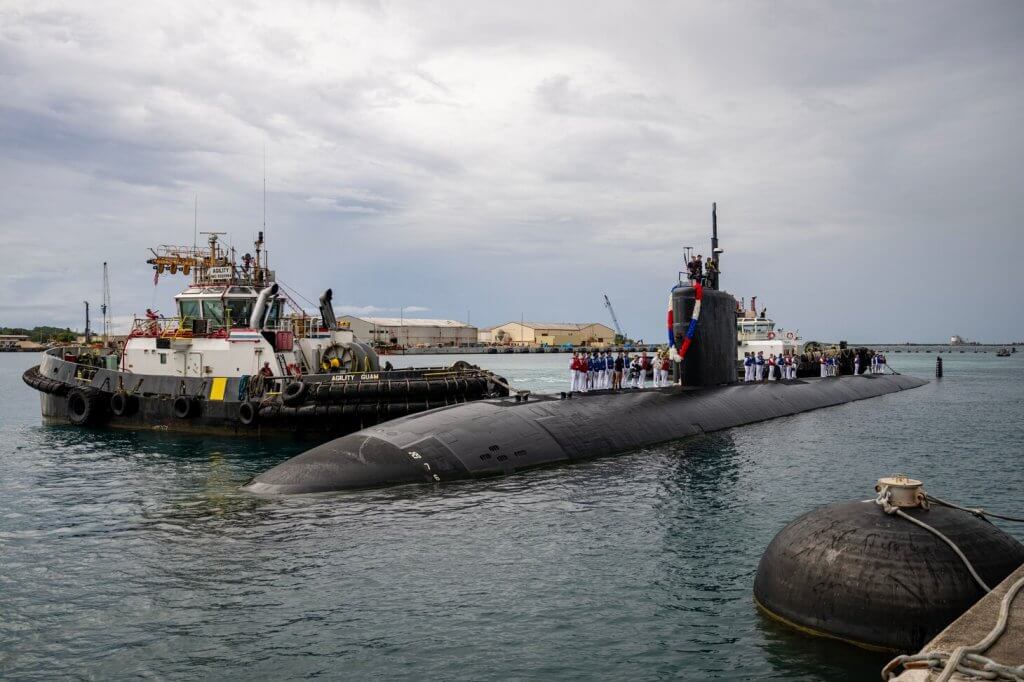
Welcome to this week’s edition of U.S. Naval News Wednesday, covering the latest operational activities, strategic shifts, and key developments for the U.S. Navy from October 10 to October 15, 2024. In this update, we explore the Navy’s dynamic actions across the Indo-Pacific, relief efforts in the Philippines, advancements in missile reloading technology, and more. We also feature updates in our China Watch, Russia Watch, and Iran Watch sections to keep you informed on the latest geopolitical movements.
Top Stories
- USS Annapolis Returns to Guam: The Los Angeles-class fast-attack submarine USS Annapolis (SSN 760) concluded a three-month deployment across the Indo-Pacific, returning to its homeport of Naval Base Guam.
- Truman Strike Group Transits Strait of Dover for the North Sea: On October 14, the Harry S. Truman Carrier Strike Group (HSTCSG) transited the Strait of Dover, heading to the North Sea for operations alongside NATO allies, demonstrating strategic partnerships and interoperability.
- Happy Homecoming | USS Theodore Roosevelt Returns: The USS Theodore Roosevelt (CVN-71) returned to San Diego after a 9-month deployment, completing operations across the Indo-Pacific and highlighting the resilience of its crew.
- USS Preble Arrives in Japan with Advanced Laser Weapon: The guided-missile destroyer USS Preble (DDG 88) docked at Yokosuka Naval Base equipped with a high-energy laser weapon, preparing for testing within the U.S. 7th Fleet.
- Navy Tests Reloading Missiles at Sea: A first-of-its-kind test saw the Navy successfully reloading missiles on a guided-missile cruiser while underway, a significant step in enhancing operational flexibility.
- USS Boxer Delivers Typhoon Relief in the Philippines: The USS Boxer (LHD 4) and the 15th Marine Expeditionary Unit provided critical support in Luzon, Philippines, as part of U.S. disaster relief efforts following recent typhoon damage.
- Navy’s 249th Birthday Celebrations: Celebrations marking 249 years of the Navy’s service took place across the U.S., featuring ceremonies and concerts attended by naval leaders and veterans.
- UK Fears Chinese Hackers Compromised Critical Infrastructure: UK Labour ministers were briefed on systemic cyber incursions by Chinese hackers, raising concerns over potential impacts on critical infrastructure.
China Watch
- Chinese Carrier Group Returns to South China Sea: After exercises simulating a blockade of Taiwan, the Liaoning Carrier Strike Group has redeployed to the South China Sea, highlighting continued regional tensions.
- Pentagon Criticizes China’s Taiwan Drills: On October 14, China conducted a large-scale military drill that simulated a blockade around Taiwan, sparking condemnation from the Pentagon, which described the exercise as destabilizing.
- China Encircles Taiwan with Military Maneuvers: In a show of force, China encircled Taiwan with warships, warplanes, and an aircraft carrier, vowing its readiness for conflict. Taiwan’s government condemned the exercises as provocations..
- AUKUS Progress and Nuclear Training: The U.S. Navy’s training of Australian personnel is a vital step in the AUKUS partnership, aiming to enhance nuclear capabilities and joint defense efforts in the Indo-Pacific.
Russia Watch
- Russia-China Cooperation in the Arctic: U.S. military officials are increasingly concerned about the strategic partnership between Russia and China in the Arctic, a region of growing geopolitical importance.
- Russian Naval Activity in the Black Sea: Intelligence reports indicate a rise in Russian naval maneuvers in the Black Sea, keeping Western allies vigilant in the face of ongoing conflicts with Ukraine.
- NATO and U.S. Forces Respond: As Russia maintains a strong maritime presence, the U.S. Navy and NATO allies continue to strengthen their readiness, ensuring security in contested waters
Iran Watch
- U.S. Navy Counters Drone Threats in Red Sea: The U.S. Navy remains actively engaged in countering drone and missile threats in the Red Sea, providing security for vital shipping routes
- Navy Intercepts Iranian Missile Targeting Israel: In a recent operation, the U.S. Navy successfully intercepted an Iranian missile aimed at Israel, demonstrating its commitment to regional security and the protection of allies.
- Strategic Deployments in the Persian Gulf: The Navy has bolstered its presence in the Gulf, ensuring freedom of navigation in the Strait of Hormuz amidst heightened tensions with Iran.
Additional Highlights
- CH-53K Training Device Now Operational: New training tools for the CH-53K helicopter have been deployed, enhancing the capabilities of Naval Air Systems Command.
- Navy’s Submarine Supplier Contracts: The Navy’s $1.28 billion contract with General Dynamics Electric Boat aims to stabilize the submarine supply chain.
- USS Frank Cable Visits Jeju-Do: The submarine tender’s recent port visit to Jeju-Do, South Korea, underscores the U.S. Navy’s commitment to regional partnerships.
- USS New York Docks in Cyprus: The USS New York (LPD 21) arrived in Larnaca, Cyprus, for a routine port call, strengthening regional cooperation efforts.
U.S. Naval Tachnology and Industry Watch
Epirus’ Drone-Disabling HPM Technology: The U.S. Navy is set to test Epirus’ high-p7ower microwave (HPM) technology as part of the Advanced Naval Technology Exercise (ANTX-CT24). This technology aims to disable small vessels and drones, providing a non-lethal means to counter seaborne threats.
Private 5G Networks for Naval Operations: The Republic of Korea Navy has partnered with Samsung and KT Corporation to develop a private 5G network for its “Smart Naval Port” project. This network will support operations, enhance security, and create a digital twin of naval bases for improved decision-making
Rapid Fielding of New Capabilities: The U.S. Navy’s Rapid Capabilities Office has been advancing new methods to quickly integrate tested technologies into the fleet. This includes deploying portable versions of systems like the Aegis combat system, enabling faster operational deployment of advanced weaponryRaytheon’s Barracuda Mine Neutralization System: Raytheon has advanced its Barracuda mine neutralization technology through a series of hydrodynamic tests, moving closer to operational deployment. This system is designed to enhance the Navy’s capabilities in mine countermeasures
Uncrewed Aerial Vehicle (UAV) Expansion in the Fifth Fleet: The Navy has expanded the deployment of MQ-4C Triton UAVs Thales’ CAPTAS-4 Sonar System: The U.S. Navy has taken delivery of Thales’ CAPTAS-4 Variable Depth Sonar (VDS) for enhanced anti-submarine warfare capabilities. This system will be deployed on multiple platforms, improving detection range and precision .Autonomous Systems Testing on Littoral Combat Ships: Recent experiments aboard Littoral Combat Ships (LCS) have tested the integration of the Army’s Typhon missile system with Navy platforms, demonstrating a new approach to joint-service weapons deployment
